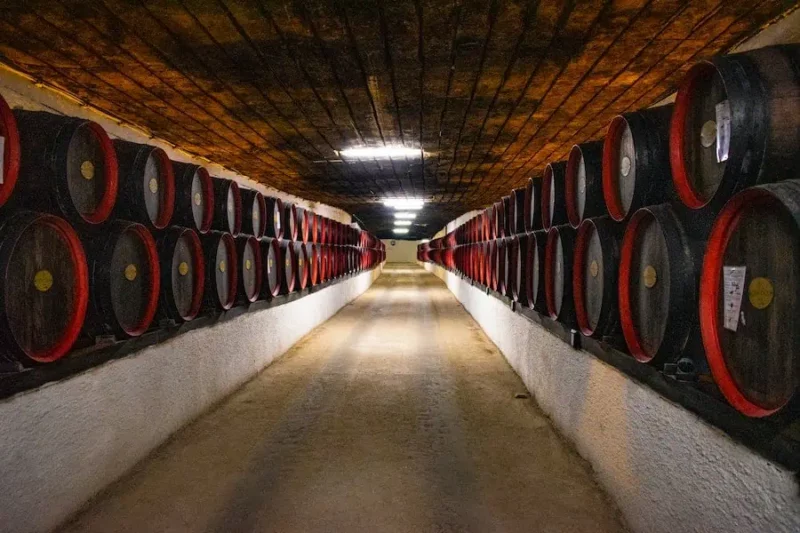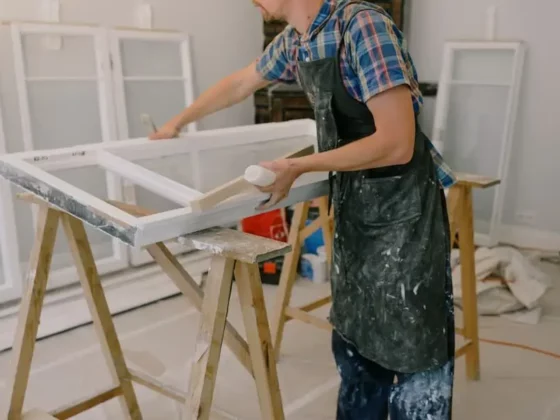The construction phase of the foundation of the building is a very responsible process and waterproofing work to protect the basement from groundwater is one of the most crucial stages. The basement is the most susceptible to moisture, dampness, and mold. With the advent of the autumn and spring seasons basement space is often flooded, sometimes the water level can reach a mark of 20-40 cm.
Beginning waterproofing scarborough yourself is not recommended, because a small deviation in technique or poor-quality materials can lead to a catastrophic waste of nerves and money in the future. But if you still decided to do it with your own hands, in our article we will describe all the steps and all the subtleties.
Waterproofing Of The Basement By Type Of Exposure To Moisture
Depending on the level of exposure to moisture on the structure, waterproofing is divided into:
- Anticapillary. Aimed at creating a waterproofing barrier that prevents moisture and dampness from entering through the pores of the substrate;
- Unpressurized. Used in cases where there is a high probability of heavy rainfall, spring floods, flooding;
- Counterpressure. It is designed for cellars with the absence of drainage and if ground waters rise to 10 meters. This type is arranged outside.
What Materials Are Needed For Waterproofing?
Basement waterproofing can be done in several ways, usually, this part of the work is planned during the design of the building. The list of necessary tools and materials is usually formed at the same time and depends on how waterproofing will be carried out, what the construction budget is, where the building will be located, and what geological factors will affect it in the end.
Basic materials required for waterproofing:
- Sand and crushed stone. Materials are used to create the “pie”;
- Claydite. Can be used instead of crushed stone, but too abundantly absorbs water, and therefore many builders do not recommend its use;
- Concrete mortar. It is used to form a rough slab, it is laid on the cushion with a layer of thickness of about 10 cm;
- Ruberoid and other roll materials. Waterproofing material that will retain water.
- Reinforcement. Necessary to strengthen the finished screed;
- Cloth material. Sometimes builders put a layer of plasterboard material between the subfloor and the cushion;
- Waterproofing materials. They can be dry, pasty, or liquid, and be made based on bentonite clay.
What Are The Ways To Waterproof The Basement?
There are several types of basement waterproofing:
- Unpressurized – will protect the basement from rainwater, and help in case of flooding;
- Anti-pressure – used when the basement is constantly flooded by groundwater;
- Anti-capillary – will not allow water droplets to seep through cracks and joints, as well as through the building materials.
Methods of waterproofing the floor in the basement of the house can also be divided into:
- Paste or coil;
- Coating;
- impregnating or penetrating;
- Casting;
- Injection;
- Membrane.
Sealed waterproofing is used if the humidity in the basement is low and the groundwater threshold is low. As laminated waterproofing material is usually used ruberoid, waterproofing, foil-is or roofing felt.
Paint waterproofing is fairly simple, and is used on both floors, walls, and basement ceilings. Great for well-poured concrete floors.
Impregnation waterproofing is usually done before the basement floors and walls are tiled or covered with other materials used for finishing. Impregnations are mixtures containing bitumen or polymer varnishes.
Injection waterproofing is a subspecies of penetration waterproofing. But it is performed with a flowable gel, which is simply injected into cracks and holes.
Cast-in-place waterproofing is the most reliable option that will protect the basement from any moisture penetration.
Membrane waterproofing is the use of special membrane materials about 2 mm thick to protect the basement from water.
Preparations
The preparatory stage is no less important than the main work to perform a solid waterproofing scarborough. In essence, it consists of cleaning, leveling, and drying the surface to be treated. The following tools are used to bring the surface into proper condition:
- A demolition hammer that can break off large pieces of the substrate;
- High-pressure water jet, capable of cutting through the concrete surface;
- A perforator for removing smaller pieces of concrete;
- An angle grinder to level the surface;
- A drainage pump and compressor for quick pumping of water;
- A heater, infrared heater, or fan heater to dry the surface.
Main Work
For coating waterproofing with bitumen mastic requires no special equipment: a set of brushes and trowels, and a container for mixing the mixture.
The following tools are required for the adhesive method of waterproofing:
- A gas torch for processing coiled materials. The result of hot processing is better contact between the material and the surface;
- Disk knife to cut the material.
In the plaster method used for waterproofing foundations and walls, it is important to have a gravity-fed concrete mixer to avoid premature curing of the material. It is best to have this work done by professionals like WillFix who do waterproofing scarborough quickly and effectively.
Penetrating waterproofing uses low-speed drills and drilled chinks (holes), and to pump the material itself uses a special high-pressure pump.
When waterproofing, do not forget about your protection: at each stage of the work it is necessary to have the:
- Chemical-resistant rubber gloves;
- Respirator;
- Safety glasses;
- Overalls made of thick fabric;
- Rubber shoes.
Requires a huge list of tools, which is not for every person. So in addition to all, there are types that require a special technology of use (such as circular knife, calorific, and gravity concrete mixer). As mentioned above, it is best to contact professionals who have extensive experience with the above tools.
The Technology Of Execution Of Water-Proofing
- The first step is to prepare the base. All fragile parts of it are removed. The base must be strong;
- The base is cleaned from debris and dust, paint, grease, and dirt;
- Before applying sealed waterproofing surface is moistened with water. The temperature of the room must be in the range from +5 to +30 degrees;
- Preparation of the mortar according to the instructions on the package;
- The waterproofing mortar is applied to the base with a brush in 2-3 layers;
- At the joints between the walls and the floor is laid a special waterproofing tape. It is placed in the first fresh waterproofing layer;
- The tape is sunk into the mortar with a trowel or brush;
- Then the next layer of waterproofing is applied crosswise to the surface of the first – dried up, but not dried out to the end. Between the application of layers passes about 7 hours.
Internal Waterproofing Of A Damp Basement
Above it was told how to waterproof the basement, which is dry and warm. However, more often some rooms are constantly wet. How is waterproofing done in this case?
- The basement is dried as much as possible. If necessary, water is pumped out of it with a pump. Next, the joint between the wall and the floor is shaped;
- The resulting debris is removed from the surface of the floor and removed from the cracks;
- A sealing mortar is mixed, and then all the gaps along the floor are sealed;
- Pressure leaks are sealed with a special quick-setting material;
- The mixture is applied to the floor and walls in a continuous layer – penetrating waterproofing.
The Final Word
Deciding whether to perform waterproofing scarborough in the construction yourself or turn to professionals, you should take into account the specifics of the work. Some tasks are quite realistic to do qualitatively by your forces.
But for most work, it is better to invite professionals, especially if you need waterproofing of the foundation. It is important to effectively protect the foundation of the building from moisture, taking into account the level of groundwater and the specifics of the structure.
Any mistakes in the use of insulation materials will lead to dampness in the basement, leaks, cracks in the foundation, and other unpleasant consequences. The same applies to moisture protection of the roof, which is constantly exposed to atmospheric water and temperature fluctuations.










